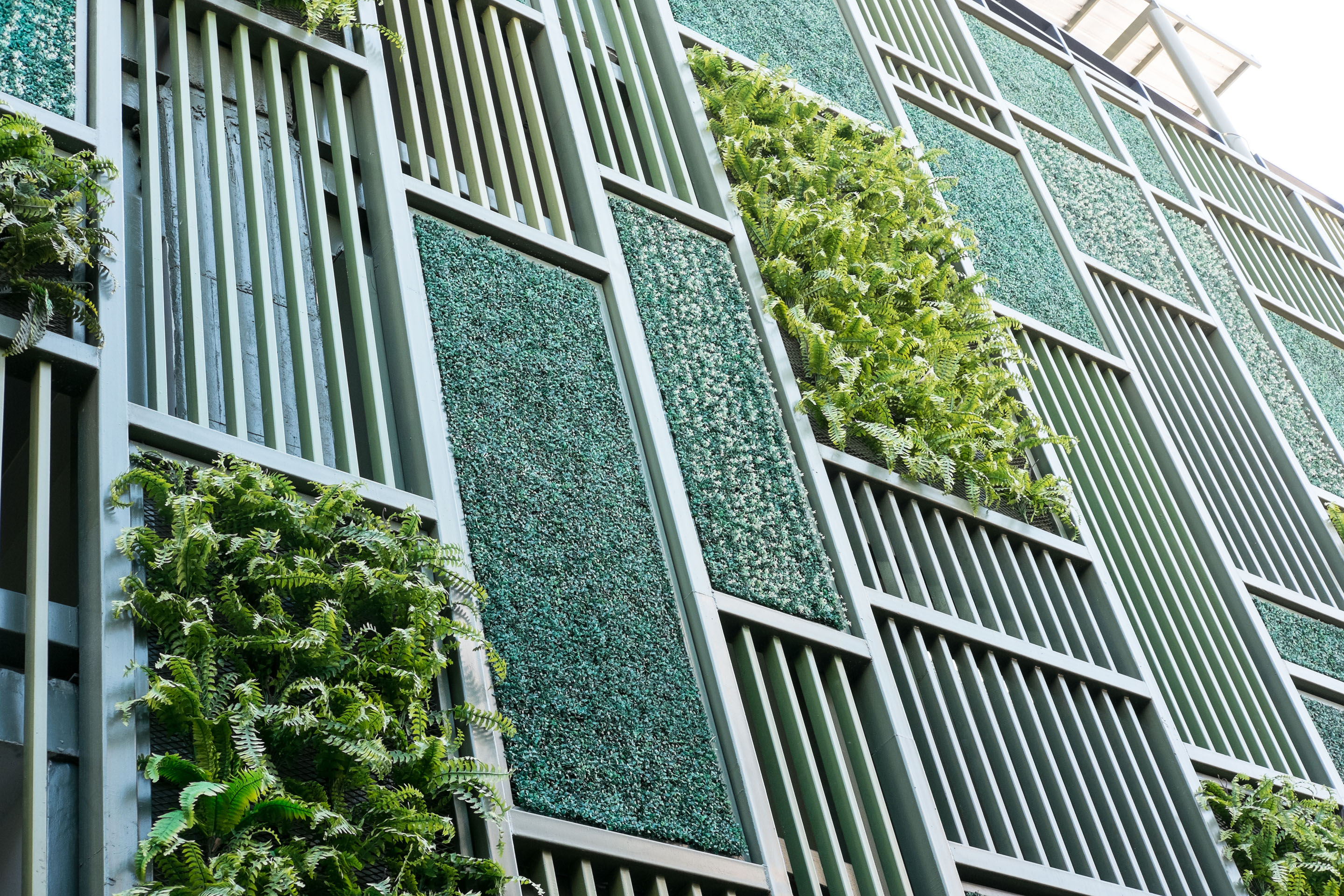TFT joins UKGBC Commercial Retrofit Task Group

With COP26 set for November 2021, a focal point for the conference will be the environmental impact of the built environment on our Paris Agreement targets for limiting global warming to below 2 degrees Celsius, compared to pre-industrial levels.
The biggest question currently facing our industry is how do we reduce the built environment’s contribution of 39% of annual carbon emissions, and 36% of global energy consumption? The World Green Building Council (GBC) is tasking ten European GBCs, including the UKGBC, to answer this question with national roadmaps for decarbonising their respective built environment industries.
Ollie Morris, Senior Associate, Sustainability, has been selected to join this effort, focussing on decarbonising commercial real estate retrofit projects. Ollie will work with a group of other industry leaders to chart a course to drive down the carbon impacts of the sector.
The UKGBC Roadmap will consist of two key components:
- Carbon trajectory: A 1.5° aligned science-based trajectory for reducing built environment emissions that includes targets for relevant sub-sectors.
- Report: A comprehensive report setting out the actions, policies and processes needed to manage the net zero transition in the built environment and achieve the trajectory targets, designed to complement the sector-specific roadmaps already in progress and ensure consistency between them.

What is the scope of the Commercial Retrofit Task Group?
The group’s task is to specify the decarbonisation implications of retrofit projects in commercial property and developing a timeline of solutions to bring them in to reality. This trajectory of carbon reduction targets and actions will contribute to understanding all the actions required across the lifecycle of the built environment in the UK. Furthermore, it will secure the support of relevant industry actors in delivering decarbonisation.
Specifically, the Commercial Retrofit task group will focus on three key areas of buildings’ carbon impacts:
- Embodied carbon: reducing carbon emissions as a result of building construction, refurbishment and maintenance works
- Operational carbon: reducing carbon emitted to heat, cool and ventilate buildings, as well as from lighting and hot water facilities
- In-use carbon: reducing all emissions from services used in the course of a building’s daily operation, such as: lifts, IT systems, small power and plug loads
What comes next?
Ollie, along with the wider group will work on reviewing and updating the 2013 Low Carbon Route-Map produced by the GCB, considering the above factors against a 1.5 degree scenario.
Their recommendations will be formalised into a full report, which UKGBC will issue to the industry in a consultation this June/July, to capture a wider set of professional perspectives before presenting the findings at COP26 in Glasgow.